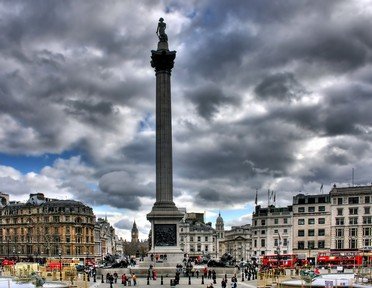Quiz Answer Key and Fun Facts
1. Who is the patron saint of Northumbria?
2. Which football player, who was a member of the 1966 World Cup squad, hailed from Ashington, Northumberland?
3. For what reason is Grace Darling remembered?
4. With what field of work is William George, 1st Baron Armstrong associated?
5. In which sport does Northumbrian Stephen Harmison excel?
6. By what name is Sir Henry Percy better known?
7. In which sphere did Cuthbert Collingwood serve his country?
8. Morpethian Robert Morrison was the first man to do what?
9. What is the name of the suffragette who is buried in St Mary's Churchyard, Morpeth?
10. Which Ashington-born football player has a stand named after him at Newcastle United's St James' Park?
Source: Author
PeggyLouisa
This quiz was reviewed by FunTrivia editor
Snowman before going online.
Any errors found in FunTrivia content are routinely corrected through our feedback system.

